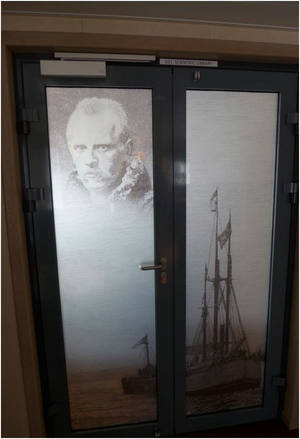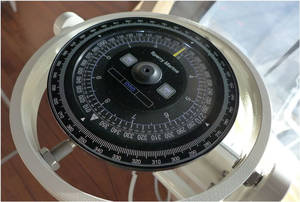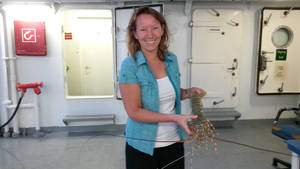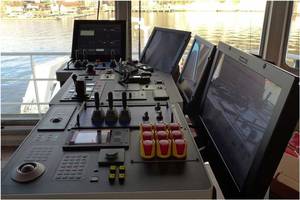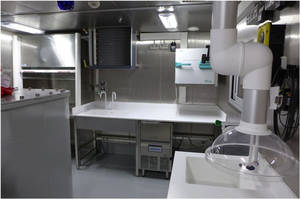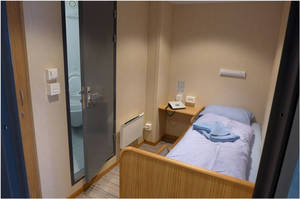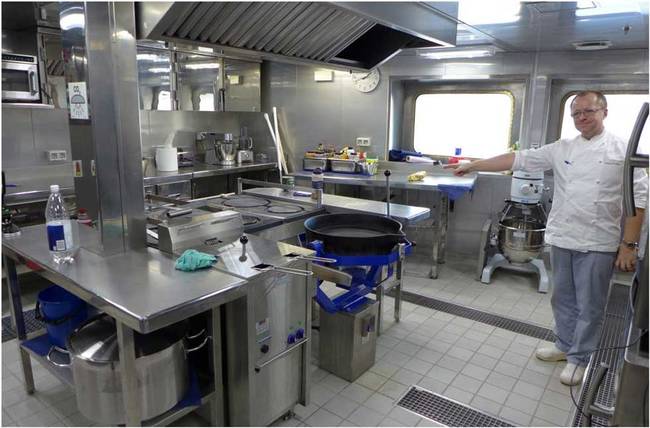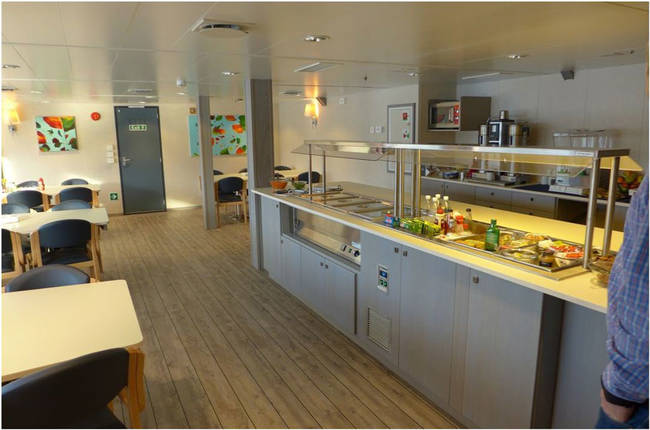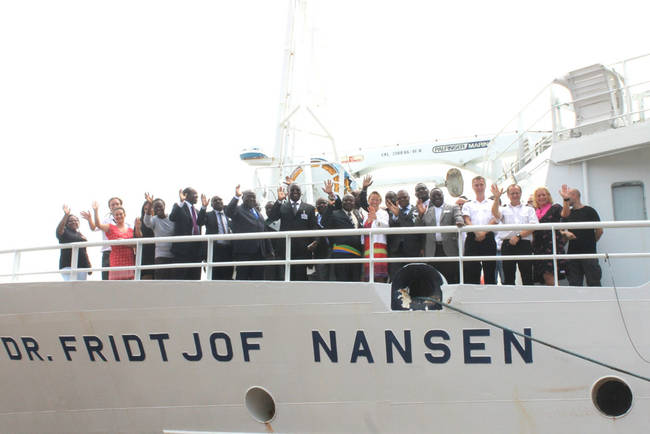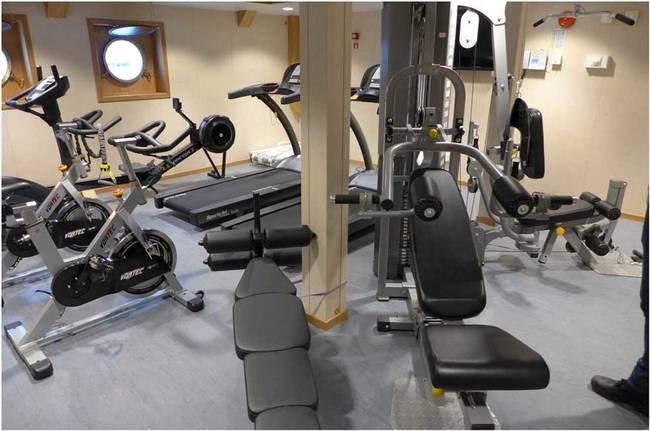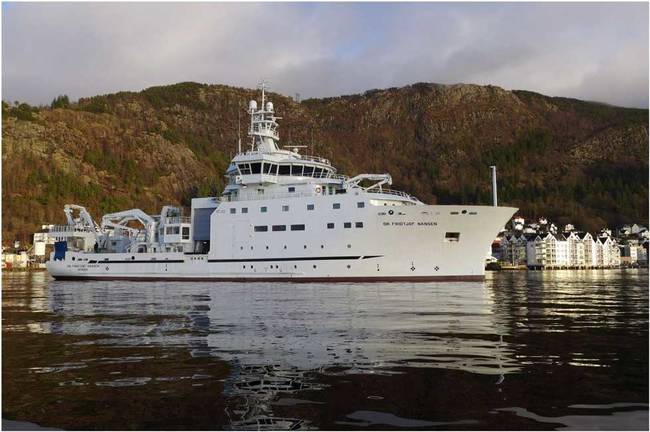Climbing aboard for a peek at the new technology aboard the Nansen
Kathrine Michalsen is Principal Scientist at Norway’s Institute of Marine Research (IMR), based in Bergen, Norway. FAO and the Government of Norway, alongside Norway’s Institute of Marine Research, have collaborated on the Nansen project for over four decades. Dr. Michalsen coordinates research surveys with the Nansen and has served as a cruise leader aboard the R/V Dr. Fridtjof Nansen on various research expeditions around the world.
As we anticipate the imminent launch of the new Nansen in Oslo’s harbour on 24 March, we decided to catch up with Dr. Michalsen to explain to us more about the technology on board and how this new Nansen will serve as a floating laboratory to scientists from around the world.
You have been following the entire process of construction. What does it mean to you to see the new Nansen so close to being launched at the Oslo harbor?
It is a fantastic feeling to finally see the results of all that planning. The vessel looks great, both from the outside and not at least inside, with its bright colors and good atmosphere.
How many scientists and crew can the new ship accommodate?
The vessel can accommodate 45 people, 30 scientists and 15 crew members. This means that we can now bring onboard more people and thus increase the number of people that can get on-the job-training.
How do the new laboratories onboard differ from those on the soon-to-be-retired Nansen? What are some of the new features and technologies onboard the new vessel?
The new vessel is obviously bigger. With seven laboratories, better teaching facilities, and the possibility of equipping it with a lot more instruments so we can conduct multidisciplinary surveys, these are only some of the impressive new features that differ from the old vessel. The newest updates on the acoustics instruments makes the new vessel as one of the most advanced research vessels in the world.
How do you believe the new Nansen and the technologies on board will help facilitate work for the scientists in the next phase of the Nansen?
New equipment like the spectrophotometer that measures Ph, the new manta trawl that collect plastic particles on the ocean’s surface, the new workboat for studies in shallow water, the environmental hangar and the ROV room for deployment of ROV’ and bottom habitat monitoring instruments, the clime laboratory will all make us able to collect new information about the ecosystems and how they function.
The new auditorium with room for 30 people and audiovisual equipment, I believe, will allow the Nansen to become an excellent stage for training sessions, lectures, presentations, and discussions.
In addition, the update of all acoustic instruments, will increase the precision and accuracy of our biomass estimates. I really believe that the new Nansen is an excellent platform for creating partnerships for the oceans in the future.
As a scientist, what new features and on-board technologies are you most excited about?
That is a difficult question! I think the climate laboratory where we can conduct experiments during the survey is very exciting. I’m also very fascinated by the multibeam sounders, which gives us high-resolution maps of the bathymetry.
The maps are just amazing. The acoustic operation center and all the screens that provide us a snapshot of what’s going on under the sea’s surface, like a glimpse through a key hole, is also quite exciting.
You have been on numerous Nansen survey voyages. What are some of your impressions from these voyages? What is the most common feedback you have from team members?
My impression about the surveys with Nansen is that people work very hard and try their best to do as good job as possible while onboard. That holds for both the crew as well as for the local participants.
Sometimes, more than 14 different nationalities are represented onboard the vessel at the same time. People with different religions, political viewpoints, gender, traditions, work routines, food habits, etc. stay onboard working side by side for 30 days. My impression from this experience is that life-long friendship, and useful professional networks have been established.
Several times I have received feedback telling me how staying onboard has opened participants’ eyes to new perspectives and a greater understanding about issues regarding, for example, fish migration and sharing of fish stocks between neighboring countries, or other scientific disciplines.
That is also one of the most motivating thing about being a cruise leader, to see that people develop new skills and get the feeling that surveys with Nansen can contribute to new understanding about the sea, provide information that makes partner countries able to take care of their oceans, but especially that they can also contribute to trust, understanding, cooperation between people attending the surveys.
Thank you, Kathrine, for that incredibly informative virtual tour of ten new Nansen and an advance sneak peek into the facilities and the exciting new technology on board.
The Aboard the #EAF Nansen blog will continue to chronicle the survey voyages aboard the Nansen – and we’ll be sure to document work undertaken by the lucky scientists preparing to join us onboard this new Nansen.
And don’t forget to join us 24 March for the official launch in Oslo!



